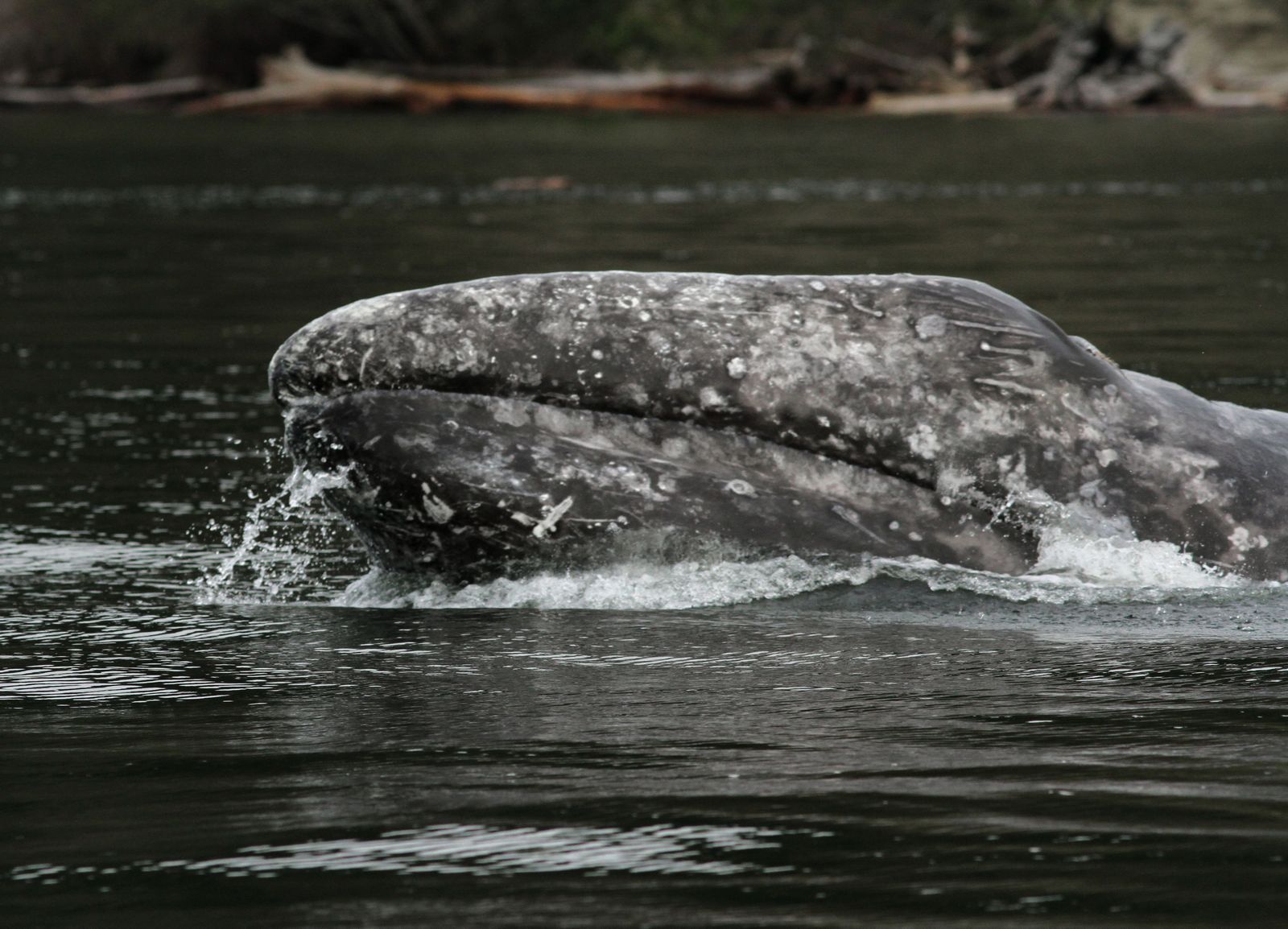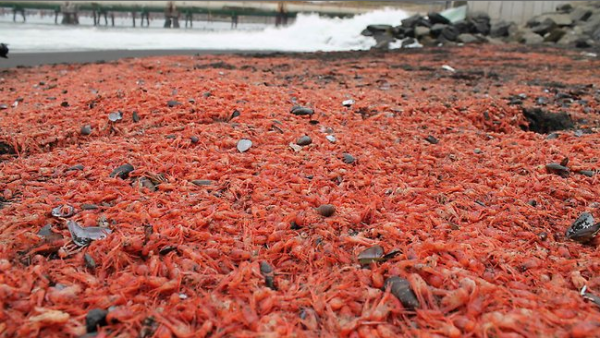
Madison Conlon works at one of three tables occupied by her fellow American Academy students at the Mountain View Diner in Sultan on Thursday. The students meet each week with their Sultan School district advocate, Dayna Monteleon, who helps students deal with non-academic issues to keep them on track with their studies.
Students at risk of dropping out of high school are taking classes online but also have an advocate who can address non-academic issues and keep them on task.
Anxiety and depression hit; he was unable to sleep in a regular pattern. The problems persisted into his senior year, so he switched to the Northshore School District’s alternative Secondary Academy for Success.
Attending regularly scheduled classes remained a struggle, however, and Gmazel was close to becoming a statistic — among the nearly 1 in 4 Washington teens who disappear from high school altogether.
But he didn’t want to give up.
“I wanted to graduate, you know? I didn’t want to have to get a GED or anything like that. I wanted my diploma, even though I was going through a tough time,” he said.
With the support of his mother, Gmazel asked school staff about the possibility of online courses. He soon was enrolled in The American Academy, which offers online courses and pairs students with hired “advocates” who help keep teens on task and on course for graduation.
The Northshore School District is in its second year using the program, also called NoDropouts.com.
Since it started, five students — including Gmazel — have graduated with Northshore diplomas through the online program.
The Sultan School District also has used the program for a little more than two years. Three students have graduated.
In February, the Edmonds School District penned an agreement with The American Academy to try the program for one year.
Like other districts, Edmonds already has a range of options for students beyond the traditional high school program, including alternative schools, online classes, Running Start college courses and more.
The American Academy program will target those who have already dropped out and work with them one-on-one to get back on track. “If that helps just one student acquire a diploma who otherwise might not have earned one, than it is an initiative worth trying,” Assistant Superintendent Patrick Murphy said.
Jordan Stengrim, 17, of Gold Bar, is taking courses through the Sultan-based American Academy program and is on track to graduate by next summer.
Stengrim said he was failing classes at Sultan High School, the result of frequent absences and a lack of focus in the classroom. Since switching to The American Academy online courses, his grades have improved dramatically, he said.
Stengrim said he likes doing things at his own pace. “To me it’s easier than regular school because I don’t want to talk to my friends all the time,” he added.
The American Academy is accredited and is on the state’s OK list for digital learning programs. Licensed teachers teach core classes, which are said to meet the state’s learning standards. Tutors are available via live chat, 24/7. Students who don’t have access to a computer with Internet are provided a laptop.
A key component of the NoDropouts program is a “student advocate,” who is not a teacher but someone who keeps regular tabs on students and tries to address non-academic problems.
“I’m available to the kids on weekends, at night. If they have a problem they can call me or text me,” said Dayna Monteleon, the American Academy-hired student advocate for the Sultan School District. “If they’re not getting their work done, I’ll go knock on their door. … I’m basically the only face-to-face contact they have. Everyone else they interact with is online.”
Monteleon worked with youth in Sultan before taking the advocate job. Now living in Bremerton for a second job, she maintains her role with The American Academy and commutes to the east Snohomish County city for weekly meet-ups with students. Her 18-year-old son also still lives in Sultan, completing his studies at the district’s alternative Sky Valley Options program.
In both Northshore and Sultan, prospective students must meet with district administrators first.
In Northshore, Donna Tyo is that gateway. She heads up the district’s secondary alternative programs as principal of the Secondary Academy for Success.
The American Academy is not for everyone, Tyo said.
Students who take online courses must be self-motivated, she said. They tend to be bright students who simply have a barrier to learning in a traditional environment, either because of work schedules, anxiety problems or other issues.
Gmazel, the recent graduate, for example, was already engaged in other aspects of high school life, competing on the Bothell High School wrestling team, and his SAT scores were good enough to pursue college studies.
The online program has become part of “a palette of options” and creative maneuvers Tyo employs to prevent dropouts in the first place. “Whatever works,” she said.
Indeed, while NoDropouts is billed as a kind of dropout headhunter — tracking down students who have already left and getting them to come back — the program often becomes more of a prevention tool for school districts.
Phil Bouie is the American Academy-hired student advocate for the Northshore School District. Most times, students find him.
“We get a lot of students who get recommended to us through the school district. A lot of our students also have other peers or friends who are in a similar situation,” Bouie said.
As an advocate, Bouie has helped students craft resumes, locate organizations for required volunteer hours and find shelter. “Pretty much anytime a student needs help, I try to help,” he said.
The American Academy is not without its problems.
State auditors have scrutinized online education programs in recent years. The American Academy was at the center of two audit findings, in Sultan and Sunnyside. A lot of the problems linked to bad record-keeping. In Sultan, it means $66,619 of state funding is in question and may have to be paid back, pending a state review.
The American Academy is hired to do the work. “But it’s under our name. So if something gets messed up, we pay the piper,” said Dan Chaplik, superintendent in Sultan.
Only a fraction of students who enter the NoDropouts program earn diplomas. A few are too far behind and are steered to GED programs. Some are brought up to speed, then transfer back to district-based programs. Others drop out again.
Program staff focus on the positive stories, including 200 successful exits last year nationwide — students leaving the program with diplomas or to head back into regular school programs. Roughly 1,100 students are currently in the program, including 600 in Washington.
“We are working with the toughest cases,” said Matthew LaPlante, a spokesman for the Utah-based American Academy. Regardless of teens’ reasons for dropping out, “they deserve a second chance.”
In January, Gmazel donned cap and gown and attended a Northshore School Board meeting to receive his diploma.
Now living in Olympia, Gmazel is volunteering and looking for work while waiting to hear back from The Evergreen State College on his application. He wants to study sustainable agriculture.
Gmazel said he’s sleeping and feeling better. He has a plan and is hopeful about his future.
“I’m pretty good. I feel like before all this happened, pretty much,” he said.








